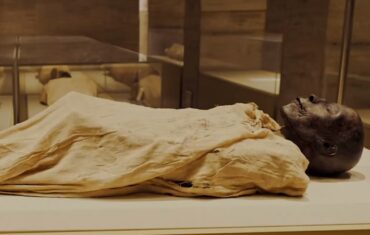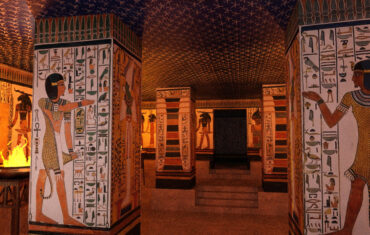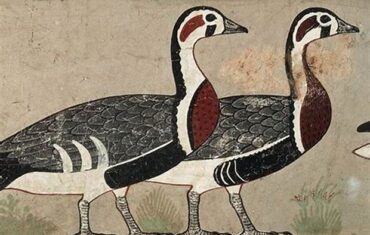If you are planning to visit Alexandria, then you should definitely visit the local catacombs, known to the world as Kom El Shukafa, which are rightfully one of the most famous attractions of the city. From tourists and travelers who went down to the catacombs, the most vivid and unforgettable impressions remain. The origin of these structures dates back to the I-II centuries of our era. It is associated with the Egyptian, Greek and ancient Roman cultures. They are located on the southwestern edge of the city, near the port of Alexandria. Their original purpose is certainly unknown, but today the Alexandrian catacombs Kom El Shukafa is known to the world as one of the largest underground burial complexes.The catacombs themselves were discovered quite accidentally during the development of a stone quarry in 1900. Their discovery is connected with a somewhat interesting story. While working at the quarry, one donkey stumbled and immediately fell into a hole recently formed as a result of the erosion of the earth by rains. Its owner, noticing this, looked into the hole, but seeing nothing but darkness, shouted something into the void. From the echo he heard in response, it was clear that the pit led into a huge room with stone walls. The worker immediately went to the antiquarian Giuseppe Botti. Thus, thanks to an accident, a major archaeological monument was discovered in Alexandria. Despite the time that has passed since the discovery of the catacombs, today their research by scientists is not complete. This is primarily due to the fact that the lower rooms are flooded with ground water. Until now, there is an opinion that the remains of Alexander the great himself are stored in the depths of the catacombs.Kom El Shukafa is a large underground architectural complex consisting of three tiers, in which the tombs of the nobility are located. For descending to different levels, there is a spiral staircase that goes around the well, which served for lowering the bodies of the dead. The lower level is located at a depth of 30 meters. The uniqueness and grandeur of the complex lies in the fact that all three levels were cut into the rock manually. Available to visitors today, the tier is a rotunda, from which the halls of tombs and burial chambers with cut rectangular niches for sarcophagi radiate to the sides. There is also a large banqueting hall, the Triclinium.
The interior walls of the corridors are devoid of any decoration, there are no bright frescoes. But this more than compensates for the appearance of the underground chapel and prayer hall with numerous paintings. The motifs of the drawings are traditional for the ancient Egyptian burial ritual. Here is Anubis himself bending over the mummy of the deceased, and next to him are his faithful companions-ISIS and Horus.The mural of the nearby chapel clearly depicts scenes from Christian life with the image of mythology and funeral ritual. The entrance to it is guarded by a statue of the same Anubis and a dragon with a dog’s head.
In the burial chamber on the second level, there are cutting elements in the form of Medusa heads, under which there are two Egyptian serpents in a double crown.
In addition, today, the catacombs of Kom El Shukafa are equipped for tourists to visit, they can be viewed daily from 9.00 to 16.00, paying only 50 Egyptian pounds (about 3.5 us dollars) for admission.





